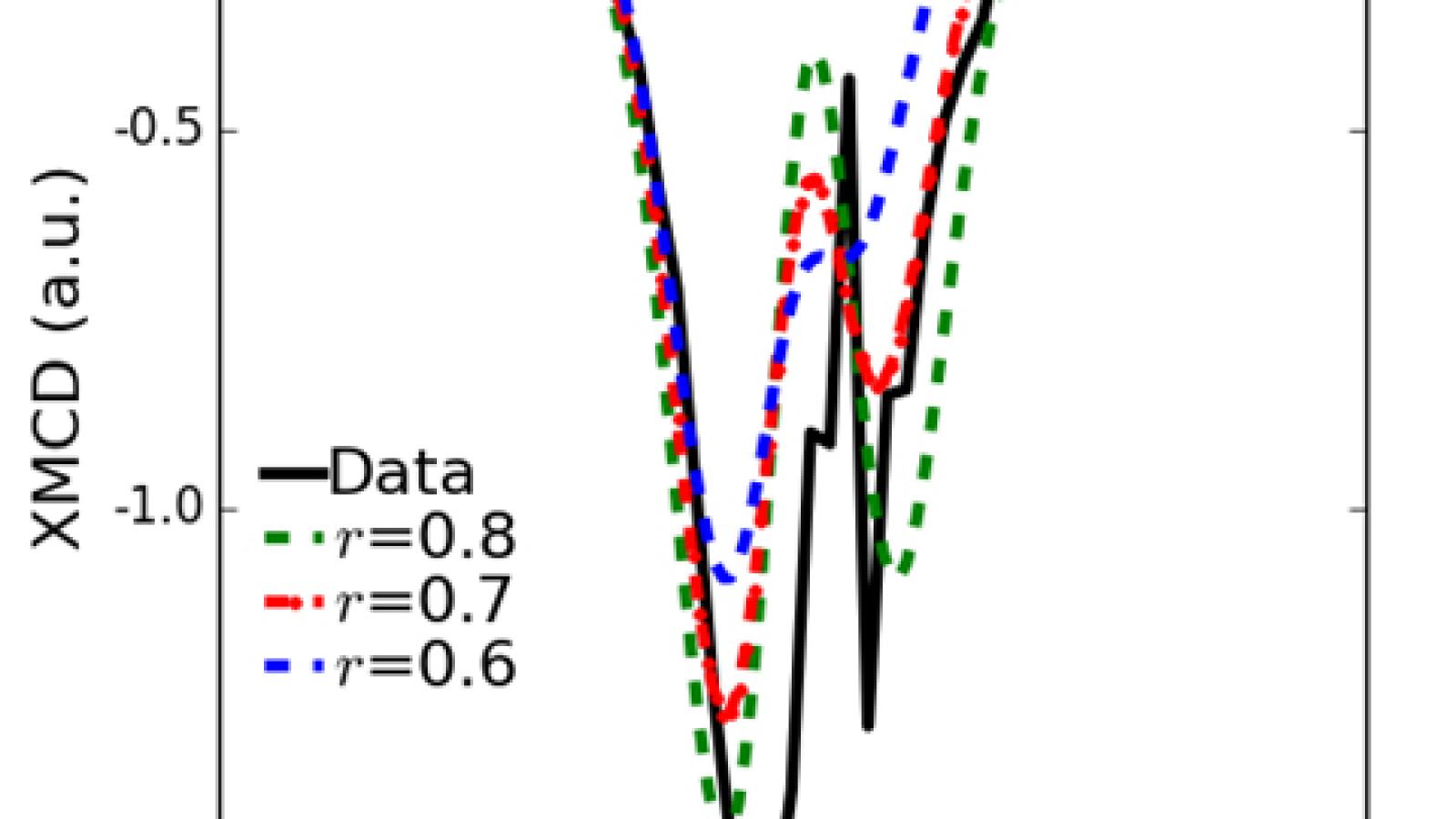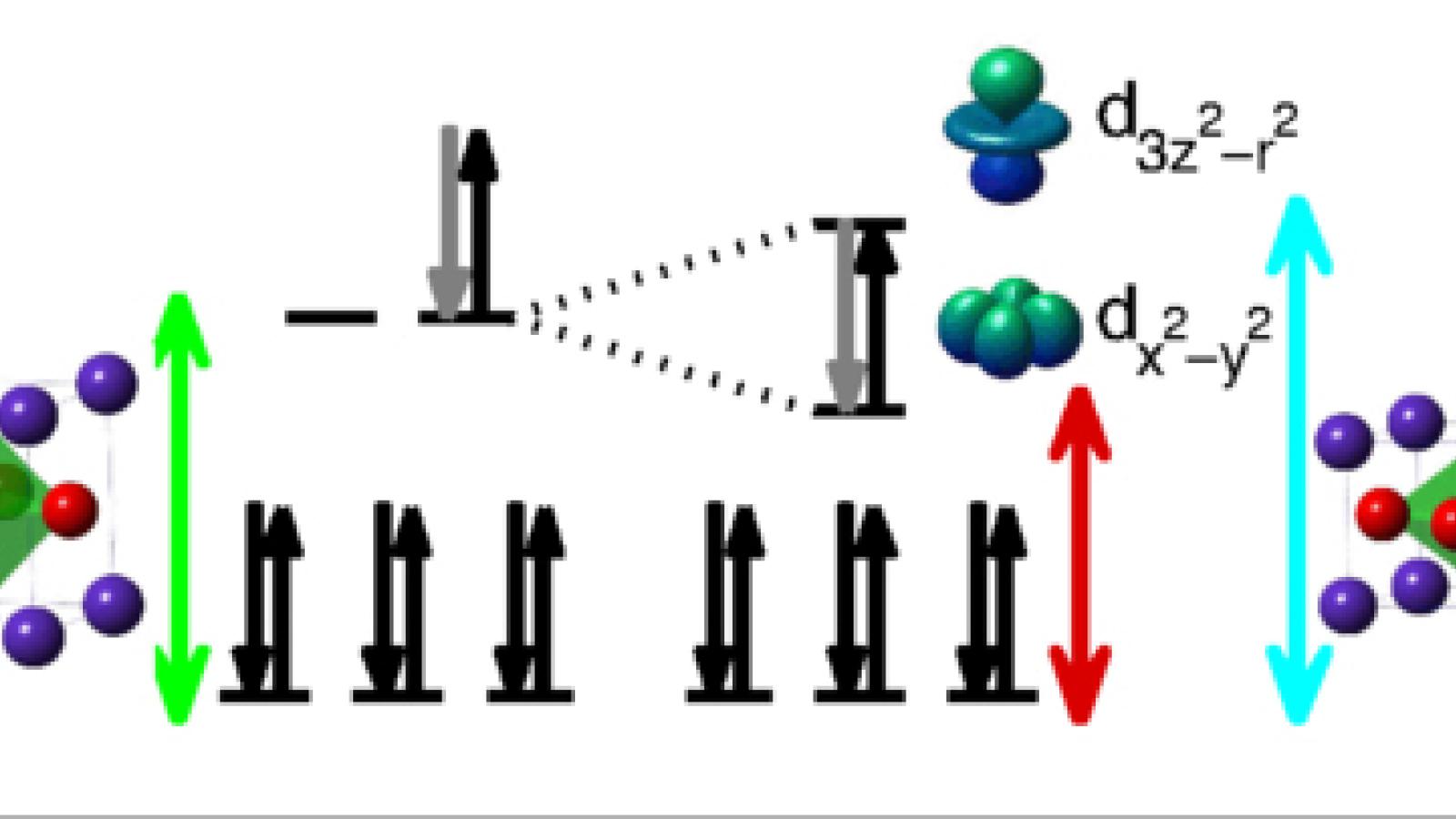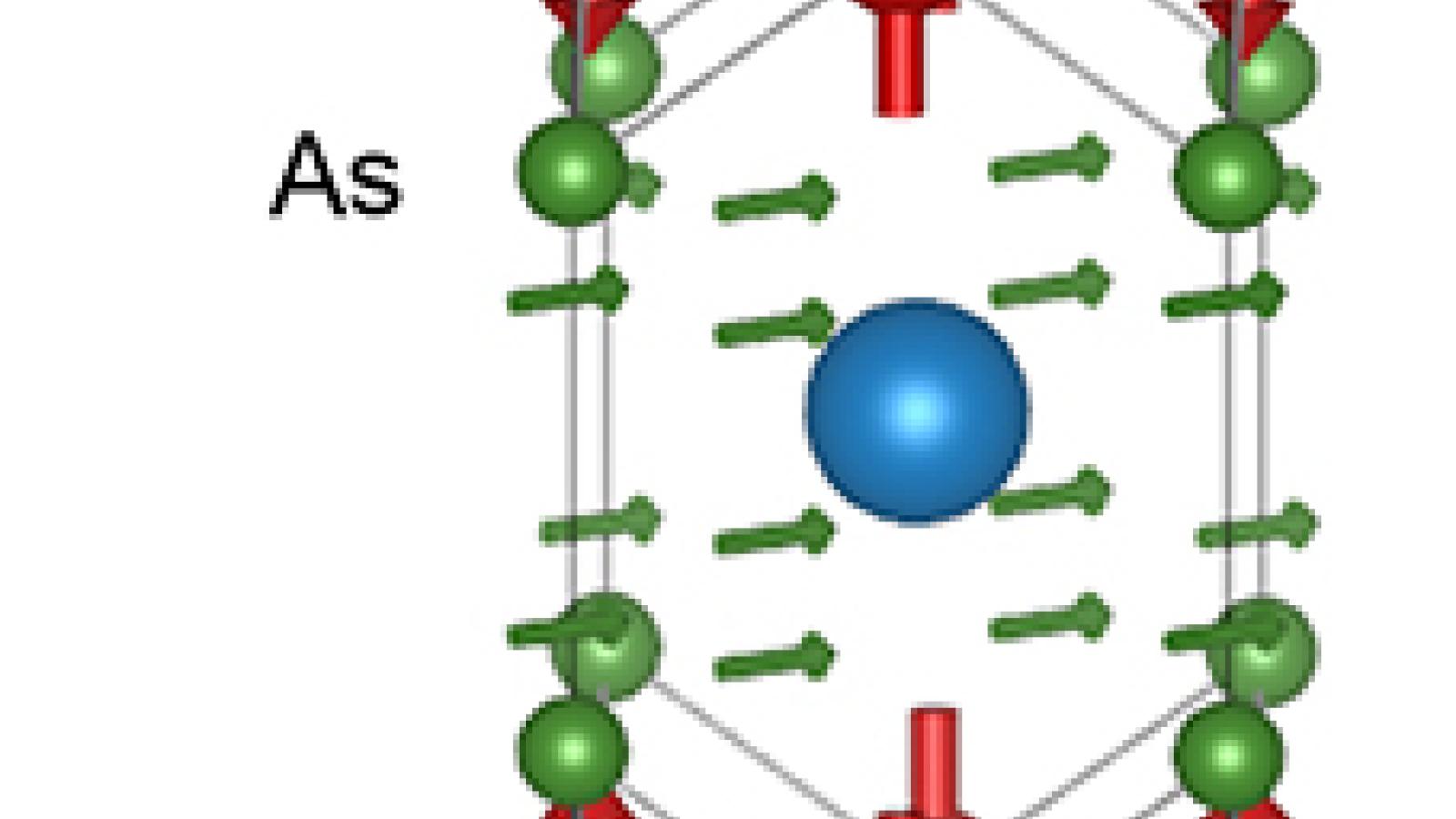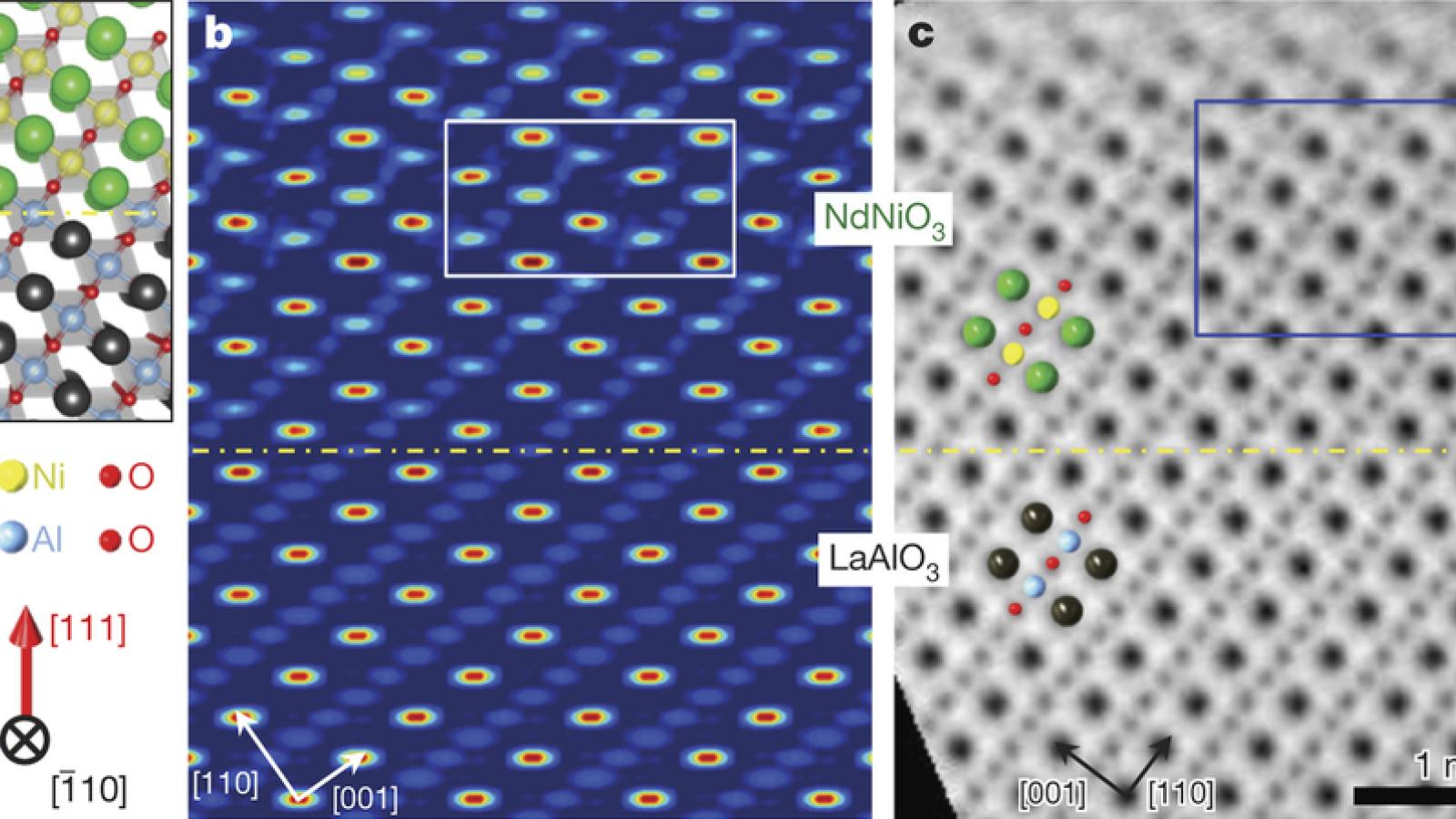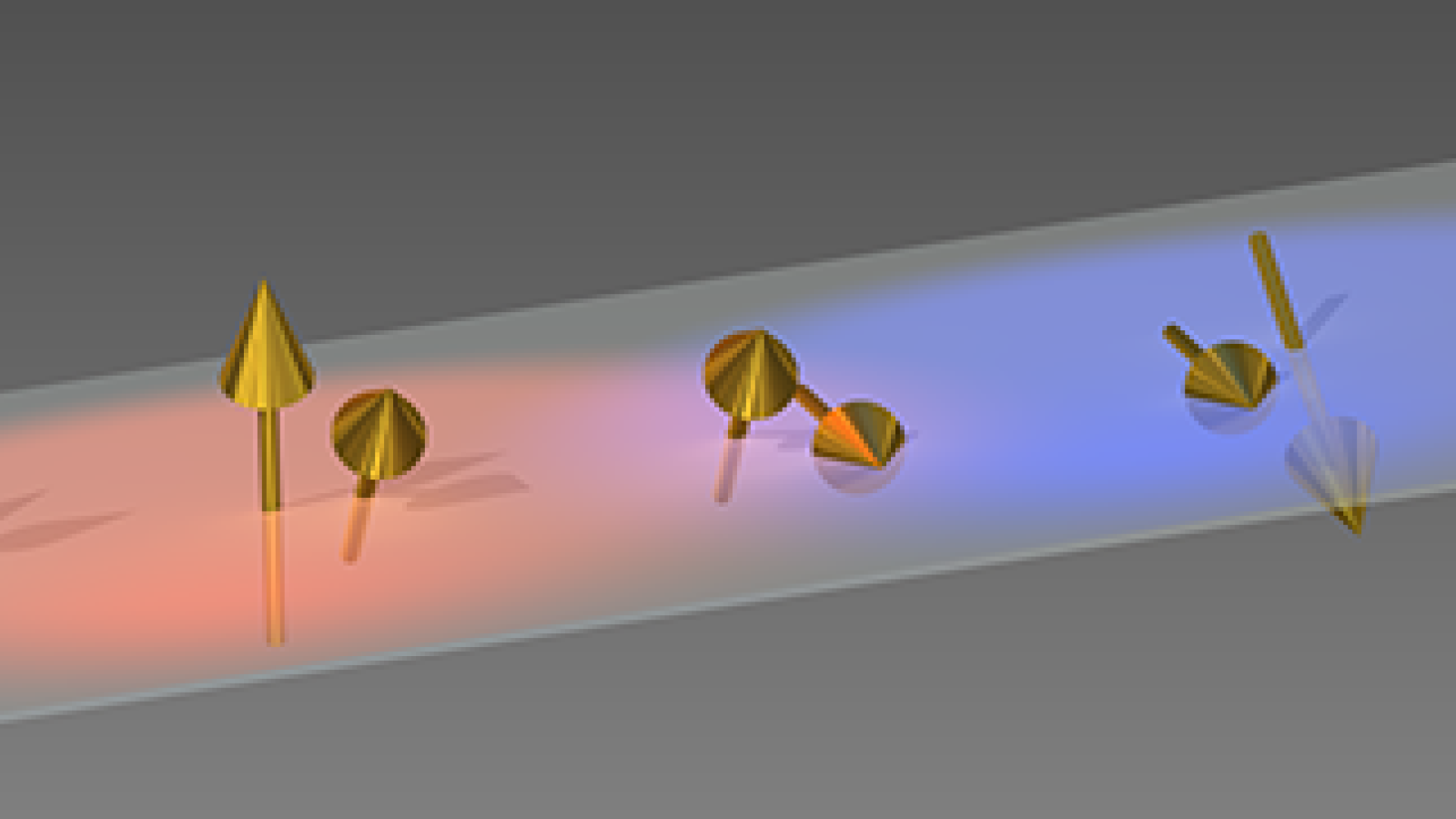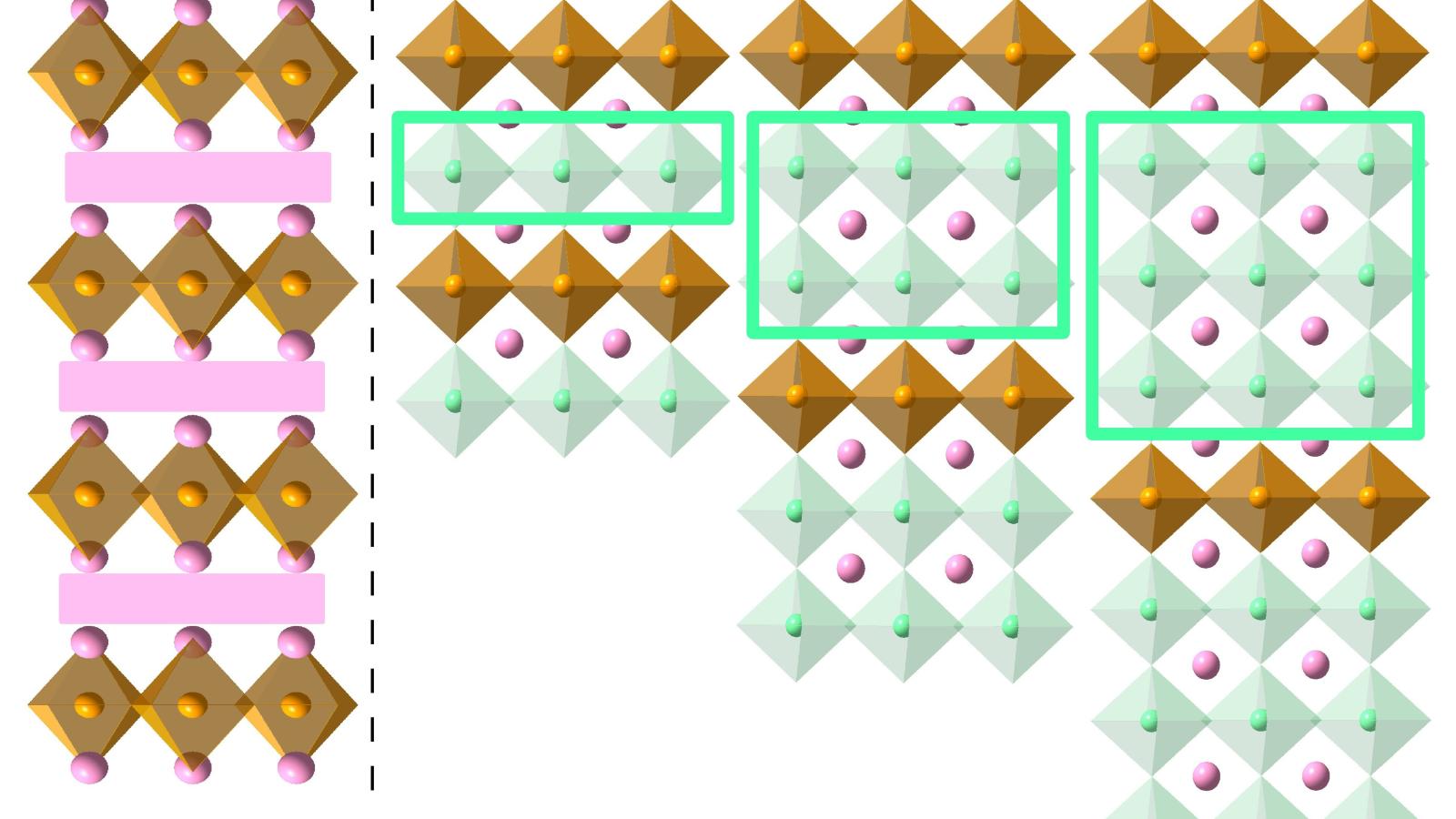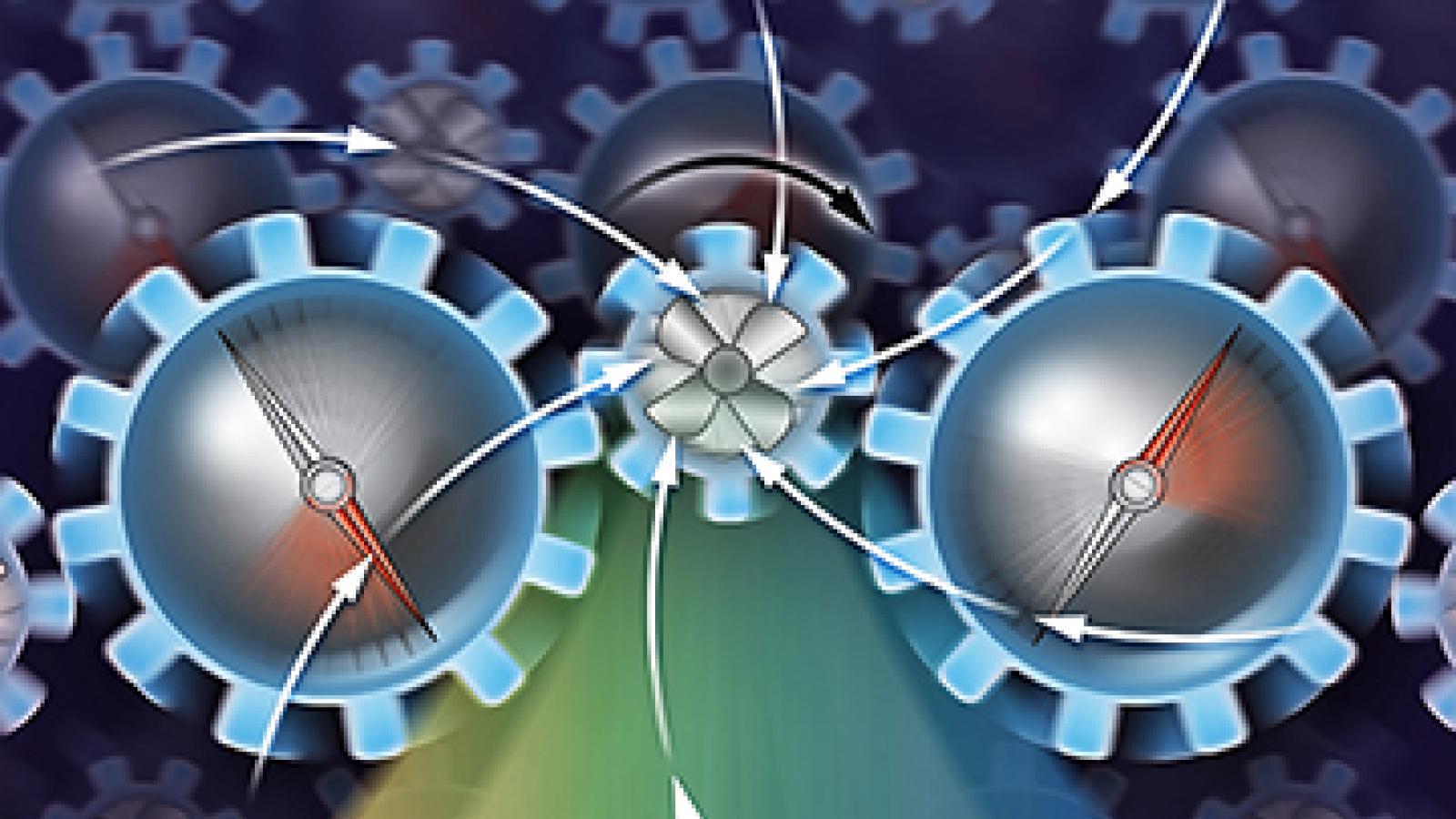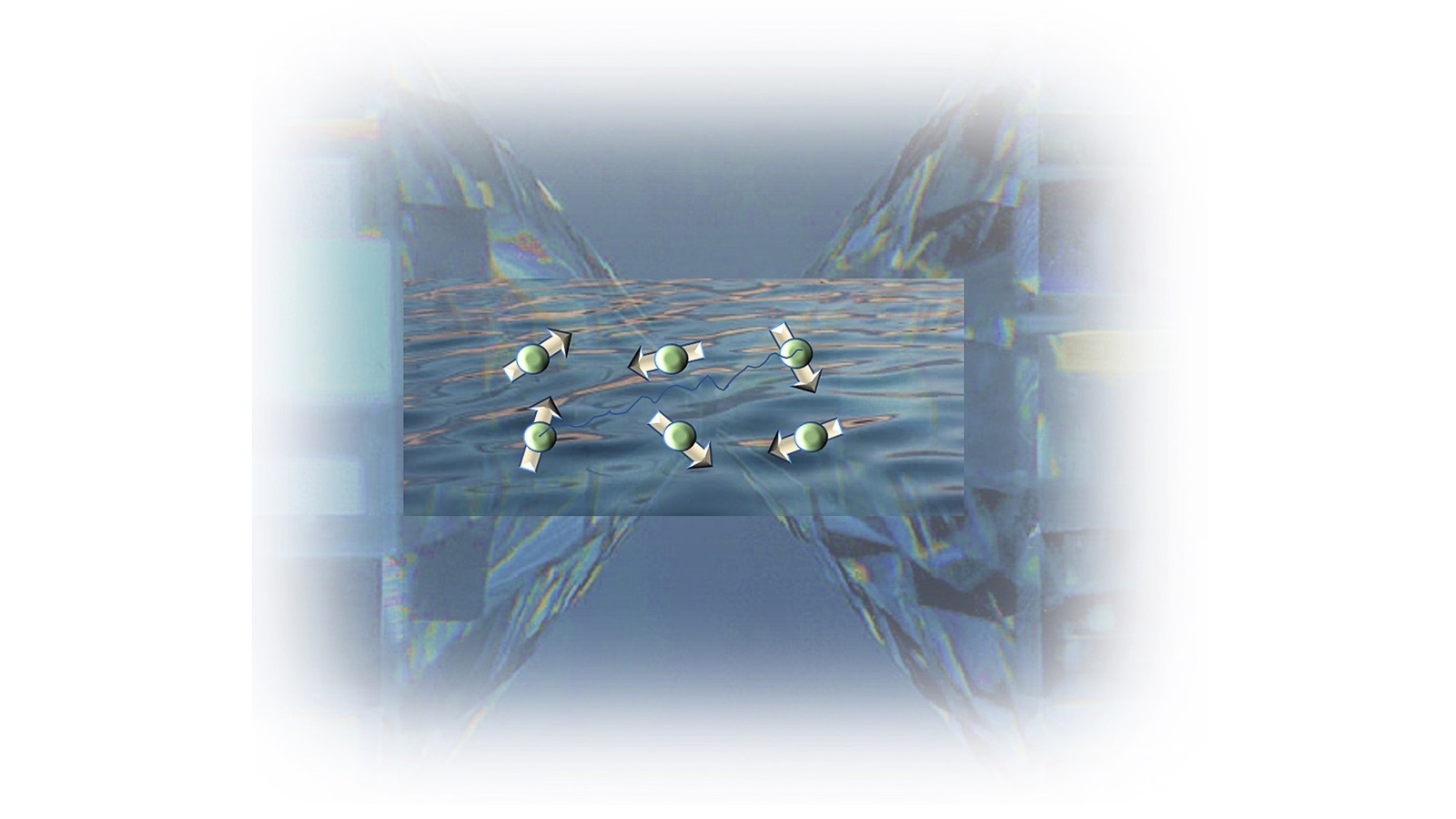04.08.2015
Researchers used XAS/XMCD measurements at beamline 4-ID-D to probe the spin and orbital moments, as well as spin-orbit coupling, in 5f states of Pu in ferromagnetic PuSb. While Pu 5f electrons are usu...
4-ID-D
07.23.2015
Researchers used XAS (4-ID-D) and resonant XRD (6-ID-B) to study the role of electron-lattice coupling in the metal-insulator transition (MIT) of rare-earth nickelates by controlling lattice distortio...
4-ID-D, 6-ID-B,C
11.20.2015
Researchers used single crystal XMCD measurements at beamlines 4-ID-C and 4-ID-D to show presence of itinerant ferromagnetism (Tc ~ 100 K) in the As 4p band of K-doped BaMn2As2 which is not associated...
4-ID-C, 4-ID-D
04.21.2016
Researchers used resonant XRD (6-ID-B) and XAS (4-ID-D) to probe emergence of a “Polar metal” at the strained interface of an oxide heterostructure in an attempt to accelerate discovery of multifu...
4-ID-D, 6-ID-B,C
05.27.2016
Researchers used XRD (6-ID-B) and XAS/XMCD (4-ID-D) techniques to probe the effects of dimensional confinement in manganite/iridate superlattices with an eye at enabling all-oxide spintronics...
4-ID-D, 6-ID-B,C
10.17.2016
Single crystal magnetic diffraction measurements at 4-ID-D were used to investigate the magnetic characteristics of a helical spin-order phase preceding a recently discovered pressure-induced supercon...
4-ID-D
10.23.2017
Layer by layer, University of Tennessee, Knoxville physicists are exploring the frontiers of tuning material properties down to the atomic level. Experimenting with the stacking pattern of superlattic...
4-ID-D, 6-ID-B,C
12.06.2017
Actinides are a series of chemical elements that form the basis of nuclear fission technology, finding applications in strategic areas such as power generation, space exploration, diagnostics and medi...
4-ID-D
01.29.2018
A team of researchers used a combination of high-resolution structural imaging, magnetic domain imaging, and dichroic spectroscopy on three separate x-ray beamlines at the U.S. Department of Energy’...
4-ID-D, 26-ID-C
03.02.2018
Two-dimensional (2-D) crystalline films often exhibit interesting physical characteristics, such as unusual magnetic or electric properties. By layering together distinct crystalline thin films, a so-...
4-ID-D, 6-ID-B,C
04.27.2018
A new material created by Oregon State University researchers and characterized with help from the U.S. Department of Energy’s Advanced Photon Source and Oak Ridge National Laboratory is a key step ...
4-ID-D
06.11.2018
Sometimes a good theory just needs the right materials to make it work. That’s the case with recent findings by University of Tennessee, Knoxville’s physicists and their colleagues, who designed a...
4-ID-D, 6-ID-B,C, 33-BM-C
02.08.2019
Jarosite, a hydrous sulfate mineral exhibiting unusual magnetic behavior, has intrigued scientists in a range of fields from planetary science to inorganic chemistry. Interactions between iron ions in...
4-ID-D, 13-BM-C, 16-ID-B
04.13.2021
Some New and Unexpected Wrinkles in a Spin-Triplet Superconductor Under Pressure: The quest for novel superconducting materials can lead to unexpected places, such as the compound uranium ditelluride...
4-ID-D
02.28.2022
Magnetic-like Vortices and Cycloids Observed in a Ferroelectric Material: Under the right conditions, some ferromagnetic compounds can generate magnetic whirlpools, spirals, and a special type of mag...
4-ID-D
06.21.2022
Understanding the Flow of Spin Currents Across Interfaces: Researchers trying to make smaller, faster computer processors and other devices have for some time been looking to spintronics. . To advanc...
4-ID-D
05.18.2020
Using two flat-top diamonds and a lot of pressure, scientists have forced a magnetic crystal into a spin liquid state, which may lead to insights into high-temperature superconductivity and quantum computing.
4-ID-D, 6-ID-B

